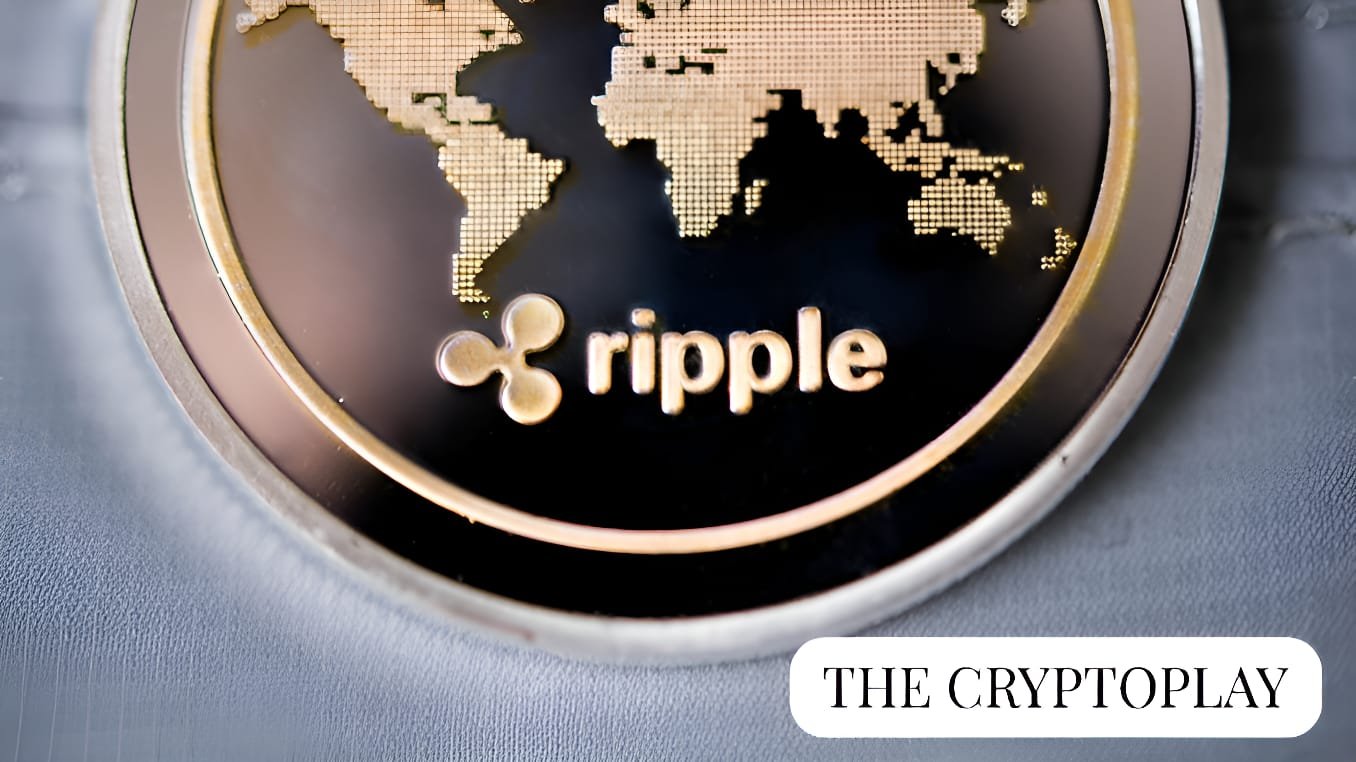Ethereum (ETH), once celebrated as “ultra-sound money” due to its deflationary nature, is now facing challenges that cast doubt on this narrative.
In a recent analysis on X, crypto expert Thor Hartvigsen raised concerns about Ethereum’s current economic model. According to Hartvigsen, August 2024 is poised to be the worst month for Ethereum’s fee generation since early 2020. This downturn is largely attributed to the March introduction of blobs, which has enabled Layer 2 (L2) solutions to sidestep substantial fees to the Ethereum mainnet and ETH holders.
As a result, activity has increasingly migrated to L2 solutions, with most of the value being captured at the execution layer by these L2s rather than the Ethereum mainnet. This shift has led Ethereum to experience a net inflationary trend, with an annual inflation rate of about 0.7%, indicating that new ETH issuance currently surpasses the amount being burned through transaction fees.
Hartvigsen’s analysis also highlights the differing impacts on non-stakers and stakers. Non-stakers previously benefited from Ethereum’s burn mechanism, where base fees and blob fees were destroyed, reducing ETH supply. However, with blob fees often at $0 and base fee generation declining, the benefit from these burns has diminished for non-stakers. Additionally, priority fees and Miner Extractable Value (MEV), which are not burned but distributed to validators and stakers, do not directly benefit non-stakers.
For stakers, the situation is somewhat more favorable. They capture all fees through either the burn or staking rewards, neutralizing the inflationary impact of ETH emissions for them. Nonetheless, stakers have experienced a dramatic decrease in fee income, down more than 90% since the beginning of the year.
This decline challenges the notion of Ethereum as “ultra-sound money.” Hartvigsen suggests that Ethereum’s current net inflation rate of 0.7% per year, while lower than many other Layer 1 (L1) blockchains, is still significant. As Ethereum’s infrastructure layers face diminishing profitability, the network may need to explore new methods to uphold its value proposition.
Hartvigsen proposes that one potential solution could be to increase the fees that L2s pay to Ethereum, though this could pose competitive hurdles. He concludes that, like other infrastructure layers, Ethereum is no longer an outlier with a deflationary supply and will need to find alternative ways to sustain its valuation.





